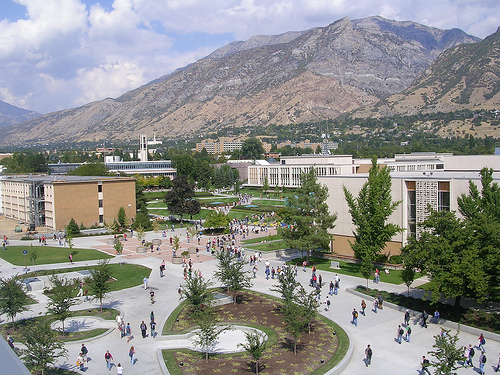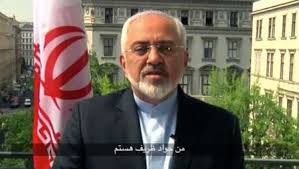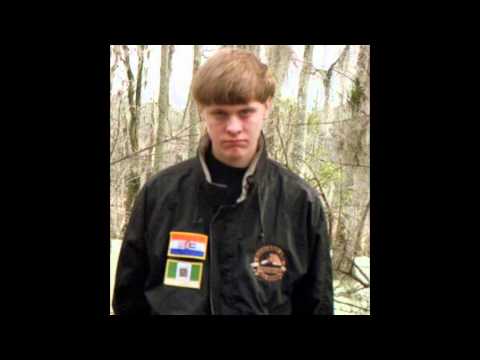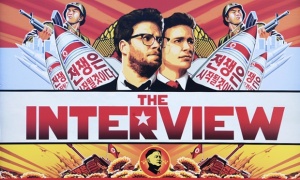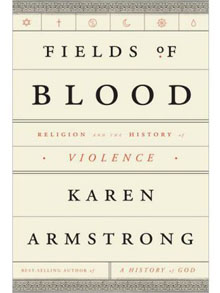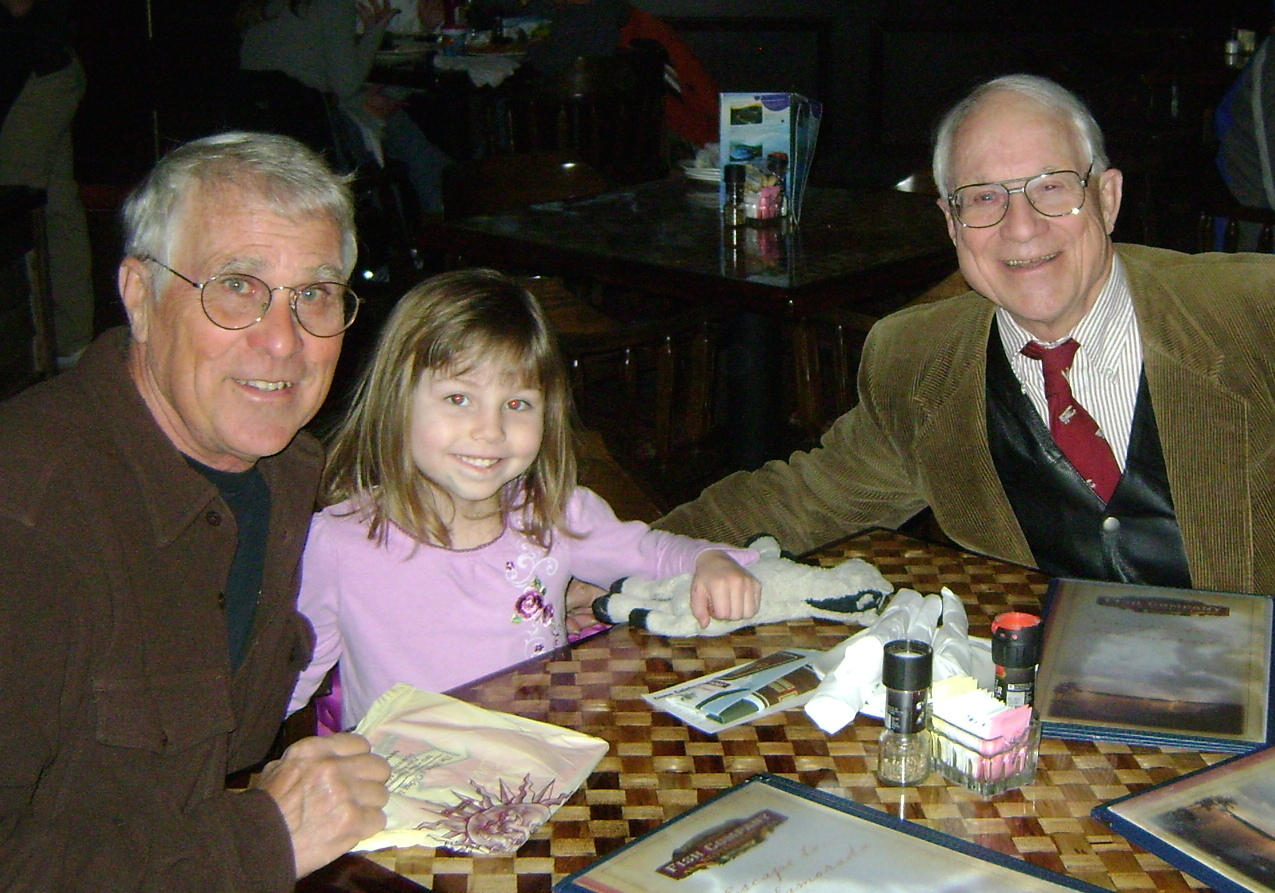“A new book by UC Santa Barbara scholars explores the impact of globalization on religions around the world.” Article by Jim Logan published in the UCSB Current, November 3, 2015.
When we think of globalization, it’s usually in terms of commerce. Over the past several years, however, UC Santa Barbara’s Mark Juergensmeyer has come to see both its spiritual side and its impact on religions around the world.
In a new book, “God in the Tumult of the Global Square: Religion in Global Civil Society” (University of California Press, 2015), Juergensmeyer and UCSB co-authors Dinah Griego and John Soboslai explore, for the first time, how globalization has impinged on the world’s great faiths.
“We were trying to take the temperature of religions in public life around the world,” said Juergensmeyer, a professor of sociology and of global studies at UCSB and the founding director and fellow of the campus’s Orfalea Center for Global and International Studies. To survey the global role of religion, Juergensmeyer launched a project that involved “some of the best minds in places like China, Russia, India, Egypt and Argentina,” he said. “No one else had done something like this.”
What they found, through a series of workshops in multiple countries, is that globalization has had a profoundly disruptive impact on religion ¾ and may even be contributing to a new, cooperative faith centered on addressing many of the world’s pressing problems. It’s a movement that dismisses the status quo in favor of collective activism.
Globalization, Juergensmeyer explained, has touched every aspect of our lives, including religion. “The disruptive part of globalization involves taking away the center. There is a massive antiauthoritarianism, a massive kind of democratic movement; the Arab Spring is one manifestation of it. But so is contemporary politics where traditional political leaders are being rejected for outsiders, or perceived outsiders, whether it’s Donald Trump or Bernie Sanders, somebody who’s not part of the traditional establishment.”
The seeds of the book were planted in 2008, when the Henry Luce Foundation funded a workshop on “Religion in Global Civil Society.” An international group of scholars met at UCSB to discuss religion in a changing world. That led to a five-year project hosted by the Orfalea Center for Global and International Studies at UCSB. Workshops at UCSB and in Delhi, Cairo, Shanghai, Buenos Aires and Moscow attracted scholars, religious leaders and public figures, who shared their observations on the ways religion is being shaped by globalization.
“God in the Tumult of the Global Square” is a distillation of those workshops, which became known as the Luce Project on the Role of Religion in Global Society. Griego is the Luce Project coordinator at UCSB and Soboslai, who worked with Juergensmeyer on the text of the book, is a Ph.D. candidate in the Department of Religious Studies at UCSB.
From the project, Juergensmeyer explained, it became apparent that globalization has lent fluidity to religions and potentially even threatens the secular nation state by blurring borders and national identities in an age of instant communication and open borders. “The nation-state itself is a fragile artifice,” he said. “It’s challenged in the global era where everything is made everywhere and everybody can live everywhere. Just look at the problem of refugees in Europe right now. It’s a huge issue in international immigration and it’s huge issue in American politics. That’s a part of the fluid mobility of the global era, and one of the consequences of that is that is the challenge of thinking about who we are as a nation, as a community, and how we identify ourselves.”
As globalization leaks into every corner of our lives, religions will continue to react and adapt, Juergensmeyer observed. Some will embrace tolerance in the face of change while others will choose resistance. “I hope people would see that these expressions of religion in public life are a part of globalization. They’re responses to changes in global society. Particularly — and this was a discovery we made — the kind of antiauthoritarianism, the decentralization, the anti-institutionalization of all society also affects religion. And so both the expressions of religious defensiveness and religious openness and tolerance are appropriate responses, although opposite, but understandable responses to globalization.”
– See more at: http://www.news.ucsb.edu/2015/016112/holy-disruption#sthash.uDTTBu6y.dpuf


